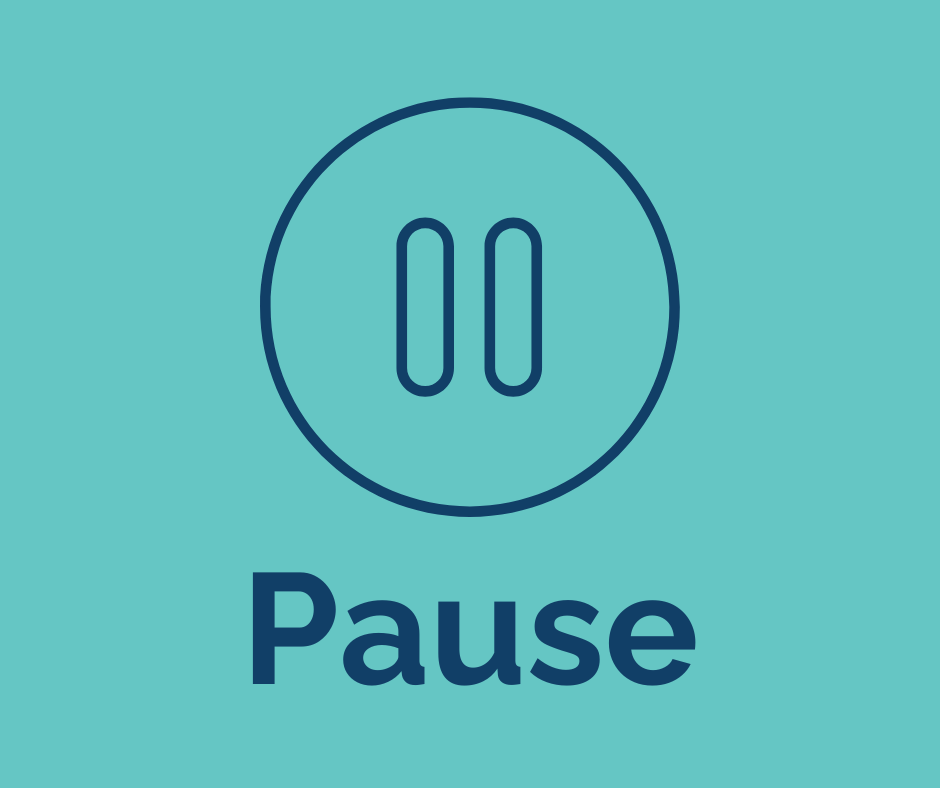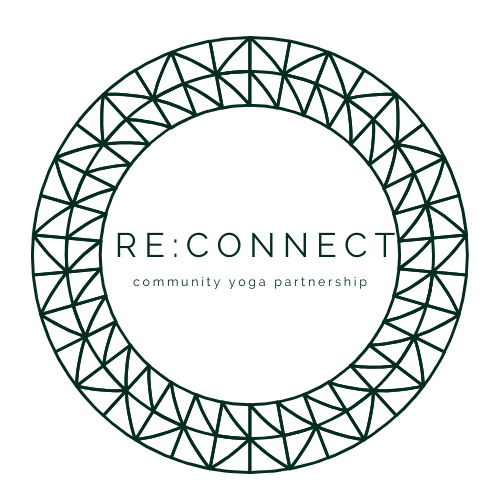PAUSE
- reconnectyogauk
- Jul 31
- 3 min read
“Within you, there is a stillness and a sanctuary to which you can retreat at any time” Hermann Hesse

In a world that moves fast and urgency is worn like a badge of honour, the simple act of pausing can feel radical. Yet it is exactly this pause that allows us to soften, breathe, and reconnect to ourselves in a more grounded and compassionate way.
Through our yoga practice, we begin to understand that the body carries our stories. The tension in our shoulders, the clenched jaw, the shallow breath… These are signs of a nervous system doing its best to protect us. But often, it has gone into overdrive and leaves us feeling frazzled.
Compassion Focused Therapy (CFT) teaches us that we have three core emotional regulation systems: threat, drive, and soothing (I like to think of this as the connecting system too). Many of us live predominantly in the threat or drive systems, caught in loops of stress, urgency, and self-criticism. As much as we try, we can not think or worry our way out of this (although it is very convincing). Pausing helps us access the soothing system. Not by switching everything off, but by gently shifting attention to the body, the breath and what we are experiencing through our senses.
We can experiment and practice this pause on the mat so that we can take it out into our daily lives. We learn to take three steady breaths. To notice the urge to rush or react. To soften tension in the face. To allow the shoulders to drop, even slightly. In doing so, we realign with our values, and find space to respond rather than react.
We’ve both had those days… overwhelmed, overly critical, wondering why we keep pushing ourselves. That’s the tricky brain doing what it thinks is best. Protecting us from perceived danger. But this hyper-protection can disconnect us from what we really need… rest, compassion, choice.
Sometimes we pause in the moment. Sometimes we only realise we needed one afterward and that is OK. Even the noticing is part of the practice.
In our practice we can learn to pay attention to the body’s subtle cues. We learn how chronic stress affects posture. How the shoulders lifts, the spine compresses, the breath gets stuck high in the chest. Over time, this stress posture can contribute to poor sleep, hypertension, inflammation, and even gut issues. The body becomes locked in survival mode, and the mind loops with anxious thoughts.
Mindful movement and postural awareness give us tools to shift this. A pause might look like standing still in green space. Taking time over a cup of tea. Sitting at your desk and slowing down the breath.
You might try the physiological sigh:
Inhale,
pause.
Inhale a little more,
Pause.
Exhale slowly with a sigh through the mouth.
Then ask:
Can I soften the jaw?
Can I move my wrists or stretch my neck?
Can I lower my shoulders just a little?
In these small, compassionate pauses, we begin to tune back in. We move from the head into the body. We begin to listen, not to the inner critic, but to the wiser part of us beneath the noise.
When we're caught in the pressure of getting things done, supporting others and completing tasks, we can become hyperfocused and disconnected from the body. This, too, is part of the threat system doing its job. But when we understand that, we can begin to meet ourselves with more ease.
Yoga supports us to notice, to pause, to choose something helpful in that moment. Even something small. One breath. One stretch. One cup of tea taken slowly. These are not indulgences. They are vital acts of care and regulation.
So as you move through your day, ask yourself gently:
Can I pause, just for a moment?







Comments